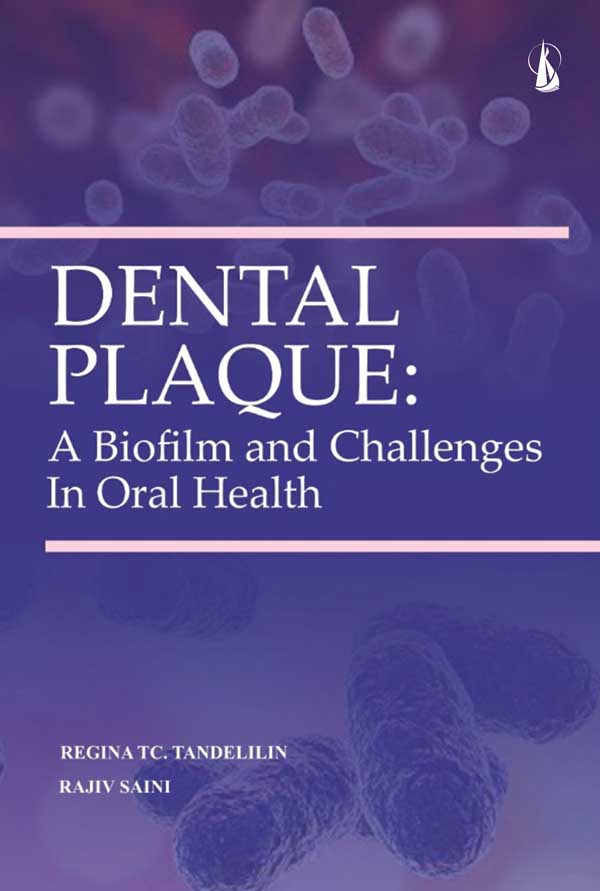
Dental Plaque
Pengarang: Regina TC. Tandelilin, Rajiv Saini Penerbitan: KEP Terbit: 2023 Halaman: 112 Bahasa: Inggris More Details
Sinopsis:
| Dental plaque represents a classic example of both a biofilm and a microbial community, in that it displays emergent properties, i.e. plaque displays properties that are more than the sum of its constituent members. The view of plaque and its constituent microorganisms have shifted from specific plaque hypothesis to a non-specific plaque hypothesis and back again to a theory of specific periodontal pathogens in plaque. Recently dental researchers have begun to view plaque as a biofilm. Oral biofilms are very heterogeneous in structure. Dense mushroom-like structures originate from the enamel surface, interspersed with bacteria-free channels used as diffusion pathways. The channels are probably filled with an extracellular polysaccharide (EPS) matrix produced by the bacteria. The bacteria engage in both cooperative and competitive interactions. In order to break down complicated host macromolecules and extract nutrition, bacteria combine their metabolic efforts. A variety of diffusible chemicals are used in cell-cell signaling, which helps the microbial community’s members coordinate their gene expression. Bacteria in biofilms use a system known as “quorum-sensing” to optimize their virulence factors and survival. Dental biofilm pathogenicity in the oral cavity is magnified by two biofilm characteristics: increased antibiotic resistance and the inability of the community to be phagocytized by host inflammatory cells. The key characteristics of biofilm that could be targets for pathogen management include its behavior as an adhesive mass with viscoelastic properties, its activity as a coordinated multi species community in which cells communicate via small molecules, and its inflammatory disease potential. To understand the mechanism of change from health to disease and their interaction with the host’s reactions, more in-depth information of the metabolic activities controlling and governing biological processes at the species-species level is now required. An improved understanding of biofilm will lead to new strategies for management of oral diseases. In the near future, it is expected that the correlation between biofilm maturation and activation of specific genes of the inner microorganisms will be clarified at the molecular level. |
Kembali
